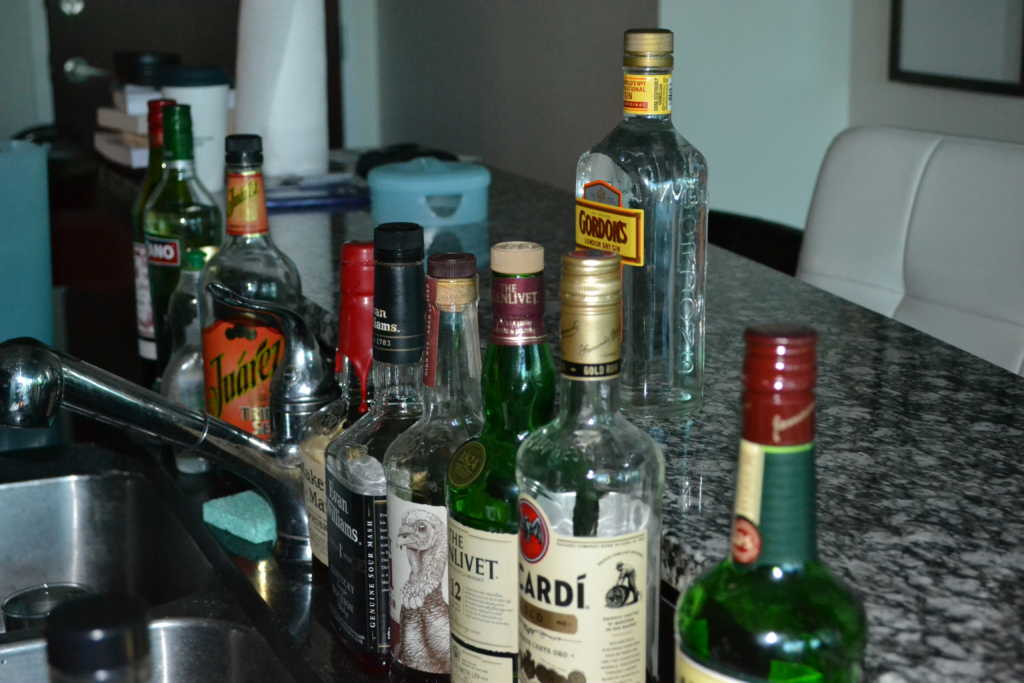
On August 27, the North American Interfraternity Conference (NIC) ruled that all of its member fraternities — a list that includes a majority of chapters on Tech’s campus — will no longer be allowed to have alcohol containing higher than 15 percent alcohol by volume on their premises except when served by a third-party vendor. This means that, outside of registered parties, most of Tech’s fraternities are no longer allowed to have liquor anywhere on their property under the new NIC rules.
The decision stems from several recent deaths relating to hazing and alcohol in Greek organizations. On paper, the rule seems effective; underage students flock to fraternity parties as a source of free and accessible alcohol and younger drinkers are often more prone to overimbibe. It would follow that limiting high-percentage alcohol would decrease the number of incidents caused by overconsumption.
Despite all of its good intentions, the rule seems set to flounder once it is implemented next September. Enforcement will be a logistical nightmare. Unless an entity like Tech’s Interfraternity Council decides to raid every sock drawer in every fraternity house, a $5 flask is enough to render the entire ban useless. Removing liquor from fraternity houses does not remove liquor. Removing liquor from fraternity houses incentivizes students to sacrifice their safety to travel off campus to get their fill of rum and coke.
If incidents do happen on fraternity grounds, the rule may give brothers reason to hesitate before seeking medical attention. Fearing retribution for breaking the rule, fraternities will be put in a difficult situation.
Lack of any reasonable enforcement solution makes this rule little more than recognition of a nationwide collegiate alcohol problem by the NIC.
